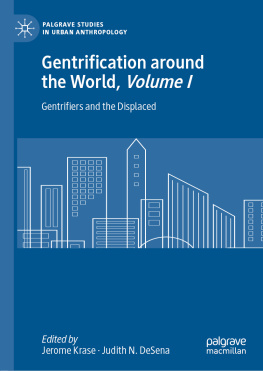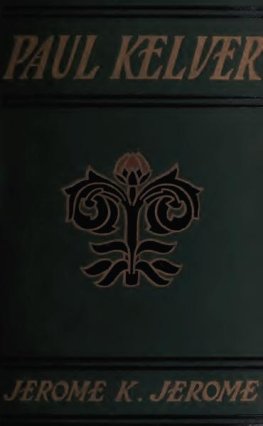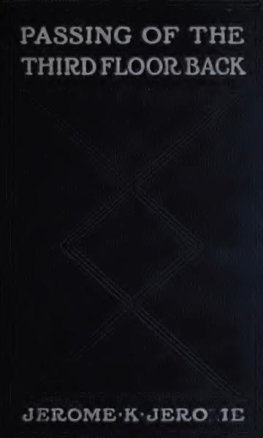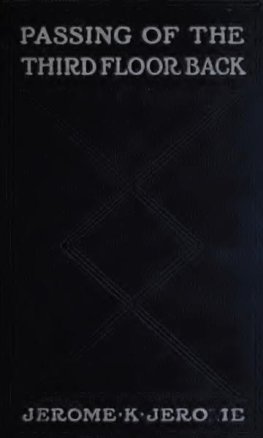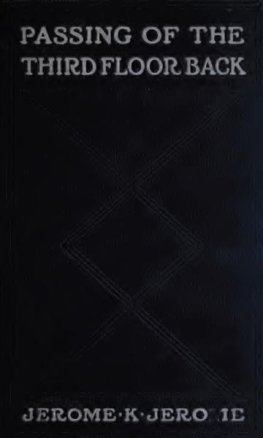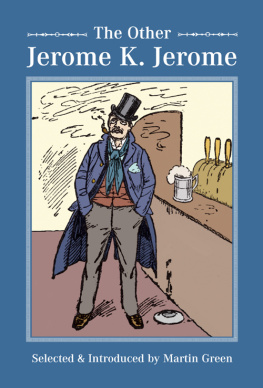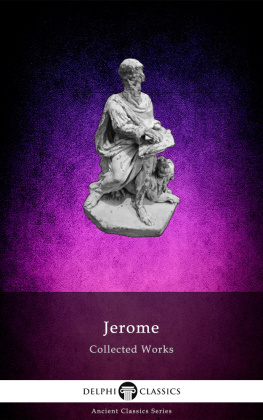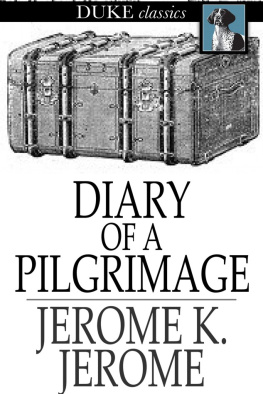SEEING CITIES CHANGE
Urban Anthropology
Series Editors: Italo Pardo and Giuliana Prato, University of Kent, UK
Urban Anthropology is the first series of its kind to be established by a major academic publisher. Ethnographically global, the series includes original, empirically based works of high analytical and theoretical calibre. All volumes published in the series are peer-reviewed.
The editors encourage submission of sole authored and edited manuscripts that address key issues that have comparative value in the current international academic and political debates. These issues include, but are by no means limited to: the methodological challenges posed by urban field research; the role of kinship, family and social relations; the gap between citizenship and governance; the legitimacy of policy and the law; the relationships between the legal, the semi-legal and the illegal in the economic and political fields; the role of conflicting moralities across the social, cultural and political spectra; the problems raised by internal and international migration; the informal sector of the economy and its complex relationships with the formal sector and the law; the impact of the process of globalization on the local level and the significance of local dynamics in the global context; urban development, sustainability and global restructuring; conflict and competition within and between cities.
Other titles in the series
Citizenship and the Legitimacy of Governance
Anthropology in the Mediterranean Region
Edited by Italo Pardo and Giuliana B. Prato
ISBN 978 0 7546 7401 6
Multiculturalisms Double-Bind
Creating Inclusivity, Cosmopolitanism and Difference
John Nagle
ISBN 978 0 7546 7607 2
Beyond Multiculturalism
Views from Anthropology
Edited by Giuliana B. Prato
ISBN 978 0 7546 7173 2
Seeing Cities Change
Local Culture and Class
JEROME KRASE
City University of New York, USA
First published 2012 by Ashgate Publishing
Published 2016 by Routledge
2 Park Square, Milton Park, Abingdon, Oxon OX14 4RN
711 Third Avenue, New York, NY 10017, USA
Routledge is an imprint of the Taylor & Francis Group, an informa business
Copyright Jerome Krase 2012
Jerome Krase has asserted his right under the Copyright, Designs and Patents Act, 1988, to be identified as the author of this work.
All rights reserved. No part of this book may be reprinted or reproduced or utilised in any form or by any electronic, mechanical, or other means, now known or hereafter invented, including photocopying and recording, or in any information storage or retrieval system, without permission in writing from the publishers.
Notices:
Product or corporate names may be trademarks or registered trademarks, and are used only for identification and explanation without intent to infringe.
British Library Cataloguing in Publication Data
Krase, Jerome.
Seeing cities change : local culture and class. (Urban anthropology)
1. Urban ecology (Sociology) 2. Visual sociology. 3. Social change. 4. Streetscapes (Urban design)Social aspects. 5. Ethnic neighborhoodsCase studies.
I. Title II. Series
307.316-dc22
Library of Congress Cataloging-in-Publication Data
Krase, Jerome.
Seeing cities change : local culture and class / by Jerome Krase.
p. cm.
Includes bibliographical references and index.
ISBN 978-1-4094-2878-7 (hbk. : alk. paper) 1. Ethnic neighborhoods. 2. Cultural pluralism. 3. Ethnic relations. 4. Urban sociology. 5. Social change.
I. Title.
HT221.K73 2011
307.3362089dc23
2011031891
ISBN 9781409428787 (hbk)
Contents
List of Figures
Acknowledgements
This modest volume is a product of almost four decades of walking around and photographing city neighborhoods all over the world. Therefore, the first to be acknowledged are those who made the travel possible. Foremost among these is Murray Koppelman, who generously endowed professorships at Brooklyn College to recognize faculty for outstanding service to the College and to the Brooklyn community. I received the honor and award in 1999 and he kindly funded subsequent visual expeditions. Support was also given by the Office of the Provost of Brooklyn College, as well as the Professional Staff Congress/City University of New York Travel, and Faculty Research, Awards Programs. Others who provided support for the global research and images presented in this book were, in chronological order, the University of Pisa, the Kosciuszko Foundation and Polish Ministry of National Education, the Government of Shenzhen, the University of Trento, the University of Rome La Sapienzia, the Croatian Commission for UNESCO, The University of Western Australia, the International Council of Museums, Europe and Centre de Documentations sur les Migrations Humaines, Berlin, the provincial Government of Puglia, the Cities Programme and Urban Research Centre at the London School of Economics, the Commission on Urban Anthropology of the International Union of Anthropological and Ethnological Sciences, the Institute for Independent Studies, St Petersburg, the Center for Diversity Studies at the University of Cologne, and the French Community of Belgium. I am grateful to all those who allowed me, a total stranger in most cases, to walk around in their neighborhoods to look, to see, and to try to capture glimpses of the incredible power of ordinary people to change the world by altering its appearance. Although I focus here on rather mundane sights, there is often much more than meets the eye. Changing what is seen in a public space, such as being seen on the streets or in the squares, may not seem like much to the uninformed, but those who have stopped wars and toppled oppressive regimes know exactly what it is that I am really talking, writing, and showing about. It is the power of ordinary people to produce the change that we social scientists so feebly comment upon that incites the imagination of students and professors alike.
As might be expected, many of the ideas crafted and grafted together in this book have been presented elsewhere. Given the scope, from my 1973 dissertation to 2011, it would be unwise to list them all here but they can be found in the References section under Krase, J. Although this has been a solitary effort, ultimately it was my colleagues, such as Timothy Shortell and others in the CUNY Academy of Humanities and Sciences Feliks Gross Seminar on Urban Ethnography, whose advice, even if unrequested and untaken, gave me the sense that the effort was worth the time, and vice versa. Finally for herculean patience I am eternally grateful to my wife Suzanne Nicoletti.
Introduction
In this introduction the theories and methods that are employed in the subsequent chapters are discussed in the greatest detail. It covers much of the range of approaches that are used to study the city, from Cultural Anthropology and Geography through Urban Sociology and Planning. Some of the central topics are aspects of the Cultural Landscape, such as Vernacular Architecture and Landscapes. Visual Ethnography, with special attention to Visual Sociology, will of course be a major focus. Spatial Semiotics, Symbolic Interactionism and other phenomenological approaches, as well as major classical to contemporary structural theories about urban change, must also be touched upon. Although the book starts out by looking at American cities, they are only a starting point for cross-cultural and comparative urban analysis.



